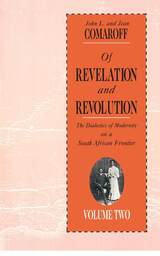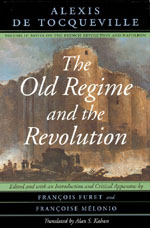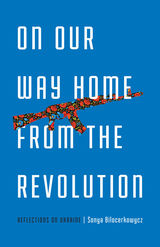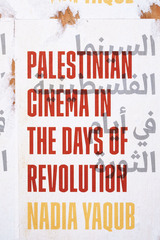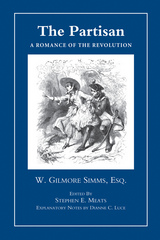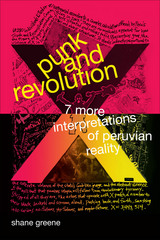Weaving Nature: Basketry from Plants to People
Royal Botanic Gardens, Kew, 2024
Cloth: 978-1-84246-829-6 | eISBN: 978-1-84246-830-2
See other books on: Basketry | Baskets | Crafts & Hobbies | Nesbitt, Mark | People
See other titles from Royal Botanic Gardens, Kew
Cloth: 978-1-84246-829-6 | eISBN: 978-1-84246-830-2
ABOUT THIS BOOK | AUTHOR BIOGRAPHY
ABOUT THIS BOOK
A groundbreaking holistic view of basketry that connects plant to product, combining insights from ethnobotany and basket making.
Basketry is a sustainable expression of human ingenuity, and Weaving Nature takes a holistic and interdisciplinary view of the journey from plant to basket. It explains why certain plants are favored by makers and shows how the raw materials are worked to achieve the desired use. This book covers a vast array of basketry types, ranging from netting to quivers from all parts of the world and dating from ancient Egypt to the current day.
Heavily illustrated with approximately three hundred baskets from the historic ethnobotanical collections of the Royal Botanic Gardens, Kew, this book is rich in stories of people, from the communities that made and used basketry to those that collected objects and brought them to Kew over the last two hundred years.
New discoveries in Kew’s archives shed light on the complex web of empire, trade, and exploration that brought so many baskets to Kew in Victorian times. Rich in stories, historical context, and images, Weaving Nature offers new ways of appreciating one of humankind’s oldest art forms.
Basketry is a sustainable expression of human ingenuity, and Weaving Nature takes a holistic and interdisciplinary view of the journey from plant to basket. It explains why certain plants are favored by makers and shows how the raw materials are worked to achieve the desired use. This book covers a vast array of basketry types, ranging from netting to quivers from all parts of the world and dating from ancient Egypt to the current day.
Heavily illustrated with approximately three hundred baskets from the historic ethnobotanical collections of the Royal Botanic Gardens, Kew, this book is rich in stories of people, from the communities that made and used basketry to those that collected objects and brought them to Kew over the last two hundred years.
New discoveries in Kew’s archives shed light on the complex web of empire, trade, and exploration that brought so many baskets to Kew in Victorian times. Rich in stories, historical context, and images, Weaving Nature offers new ways of appreciating one of humankind’s oldest art forms.
See other books on: Basketry | Baskets | Crafts & Hobbies | Nesbitt, Mark | People
See other titles from Royal Botanic Gardens, Kew

